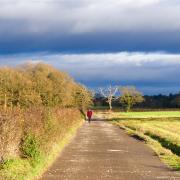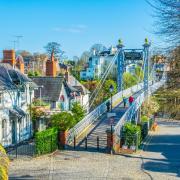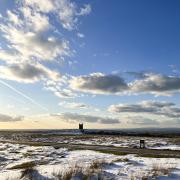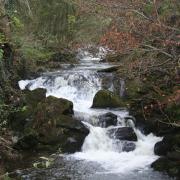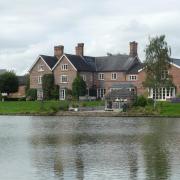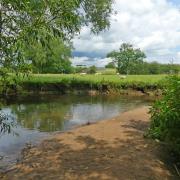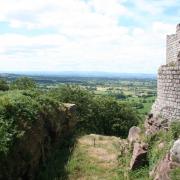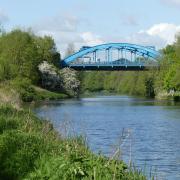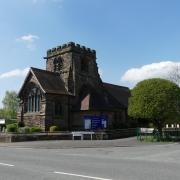Our history man recalls the 161 Altrincham neighbours who went to war
On the outskirts of the town of Altrincham stands a grand war memorial constructed in 1920. Designed by George Faulkner Armitage, it consists of a tall Celtic cross upon a stepped plinth, carved from the finest Portland stone.
On this memorial are listed 412 names of soldiers who gave their lives during the two world wars. And, it is noted here, that in 1914, at the outbreak of the Great War, in Chapel Street in Altrincham some 161 men were to enlist from a total of just 60 houses, including 13 sets of brothers.
Chapel Street consisted of a mixture of Georgian and Victorian houses and the residents who lived there were of English, Scottish, Welsh or Italian descent as well as those of Jewish and Irish heritage.
Out of the 161 men who enlisted, 29 failed to return, while another 20 were to die of their wounds. The great sacrifices made by the residents of Chapel Street were not to go unnoticed and on the 5th of April, 1919, a roll of honour awarded by King George V was unveiled by Lord Stamford of Dunham Massey.
It was at this time that the king paid tribute to the residents in a personal telegram read out at the time of the unveiling. He acknowledged Chapel Street and the brave actions and duty to King and Country by the men of Chapel Street. He referred to it as ‘the bravest little street in England’ and congratulated it on the patriotism and fighting spirit of its men.
But it wasn’t just the people of Altrincham who were proud of what the men of Chapel Street had given on the battlefields of the First World War; newspapers around the world carried stories of their bravery and commitment to king and country. Bronze memorial plaques, known as the dead man’s penny, were issued to the next-of-kin of the soldiers who died.
In 1919, Altrincham District Council granted permission for the erection of a roll of honour close to the Church of All Saints, which stood at the entrance to Chapel Street. This church and Chapel Street no longer exist, being demolished during the mid-20th century in an attempt to improve the area.

Today, on Regent Road in Altrincham, a paved walkway marks what was once the entrance to Chapel Street and two memorial plaques, on the wall of a former public house commemorate the 161 of Chapel Street who volunteered and served in the Great War of 1914 to 1918.
On November 13, 1920, the Altrincham and Dunham Massey war memorial was unveiled at a ceremony attended by Henry Luke Paget, Bishop of Chester, and the widow of Captain E. K. Bradbury who was awarded the Victoria Cross posthumously. Here at the cenotaph are listed along, with others, the names of those men of Chapel Street who made the ultimate sacrifice.
My film, The Bravery of Chapel Street, can be viewed for free with many other local history films by visiting my channel, youtube.com/Tvpresenter4history.
Look out for
Bronze plaques at Altrincham and Dunham Massey War Memorial at Dunham Lawn, Altrincham
Commemorative plaques honouring the men Chapel Street, at Regent Road, Altrincham, marking the area where Chapel Street once stood




